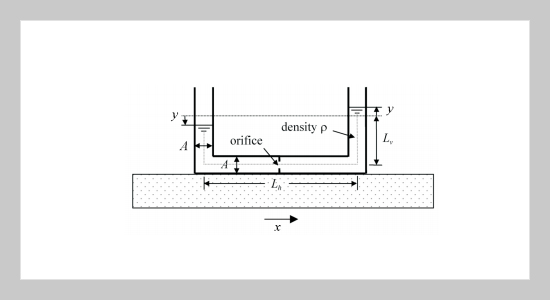Jong-Cheng Wu This email address is being protected from spambots. You need JavaScript enabled to view it.1 1Department of Civil Engineering, Tamkang University, Tamsui, Taiwan 251, R.O.C.
Received:
February 21, 2005
Accepted:
April 11, 2005
Publication Date:
December 1, 2005
Download Citation:
||https://doi.org/10.6180/jase.2005.8.4.08
In this paper, the experimental investigation to systematically calibrate the basic properties of tuned liquid column damper (TLCD) is conducted. Under harmonic excitation, the exact solution of the liquid response in TLCD is firstly derived and it is used in the experimental calibration. Both the free vibration and harmonic forced vibration tests via shake table are performed to obtain the experimental results for calibration. Consequently, an empirical formula to predict head loss coefficients for TLCD is constructed and proposed as a quick reference for designers. The experimental investigation also confirms the fact that the size of liquid mass and the difference of the ratio of horizontal column length versus total column length have no effect on the natural frequency and head loss as well.ABSTRACT
Keywords:
Tuned Liquid Column Damper, Head Loss Coefficient, Shake Table Tests
REFERENCES
















